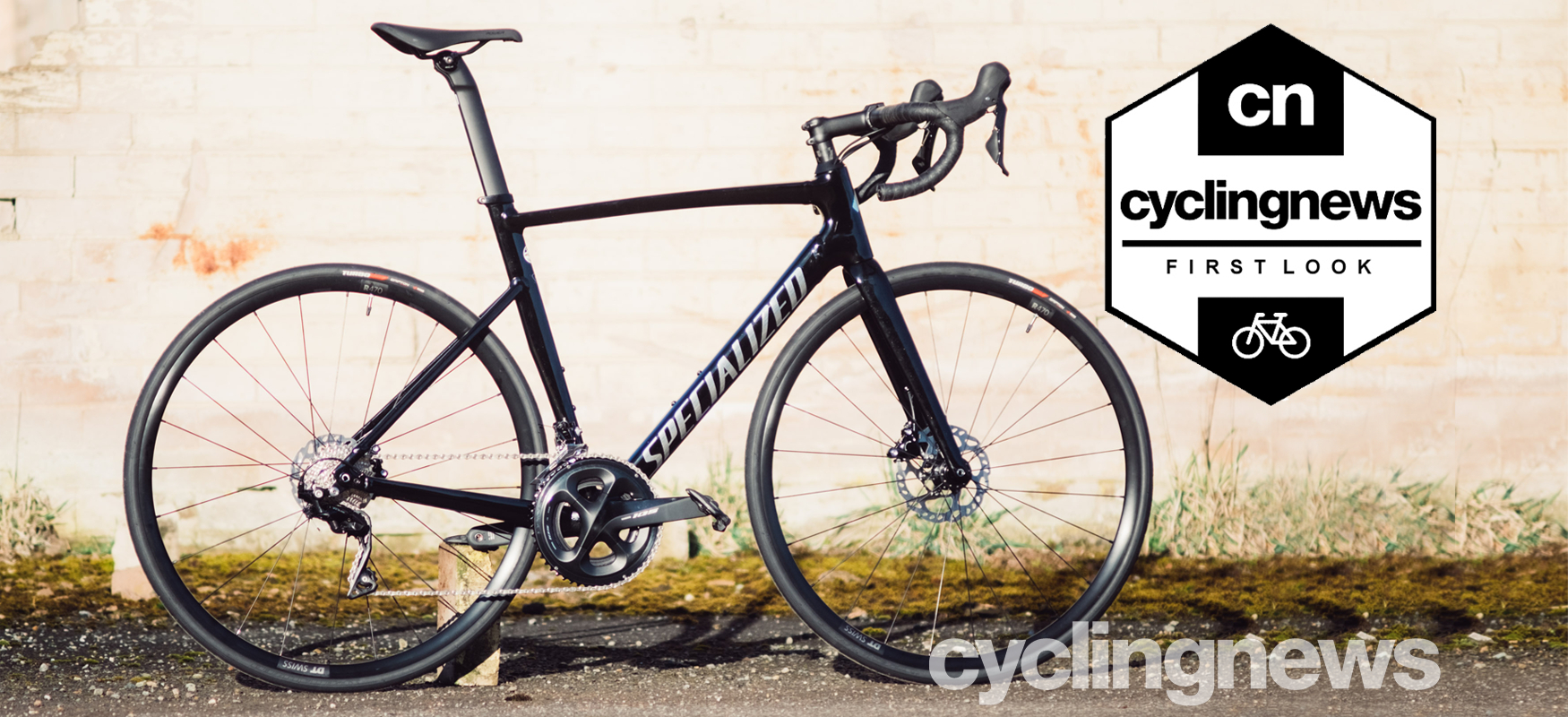Early Verdict
An excellent first road or race bike, prime for upgrading, with brilliant handling, but in need of wider tyres.
Pros
- +
Fantastic handling
- +
Efficient power transfer
- +
Aerodynamic alloy frame
- +
Shimano 105 groupset is brilliant
Cons
- -
The included 26c tyres are too narrow for the frame stiffness
- -
Bottle cage bolts rounded off at first use
You can trust Cyclingnews
As road bikes go, the Specialized Allez has an impressive pedigree; released in 1981 alongside the Stumpjumper and Sequoia it’s been in production in some guise ever since. Previously the flagship road bike before the release of the Tarmac and Roubaix, where it felt somewhat relegated to ‘entry level’ status as the cycling world shunned alloy in favour of carbon. Specialized looked to rectify this in 2015 with the Venge-inspired first iteration of the Allez Sprint.
For many of us the Allez represents our first ‘proper’ road bike. My first road bike was an Allez, my best friend’s first road bike was an Allez, as was my stepdad's. The previous version holds a place in our best budget road bikes thanks to an excellent frameset and reasonable build that’s prime for upgrading down the line. Will the new version deliver the same?
Is it, as Specialized claims, the first alloy superbike? Perhaps the Ltd model, bedecked with carbon finishing kit and electronic gearing, but I think most of us would struggle to view a 105 equipped alloy bike with mechanical gearing as a superbike, regardless of how it compares to its metallic peers.
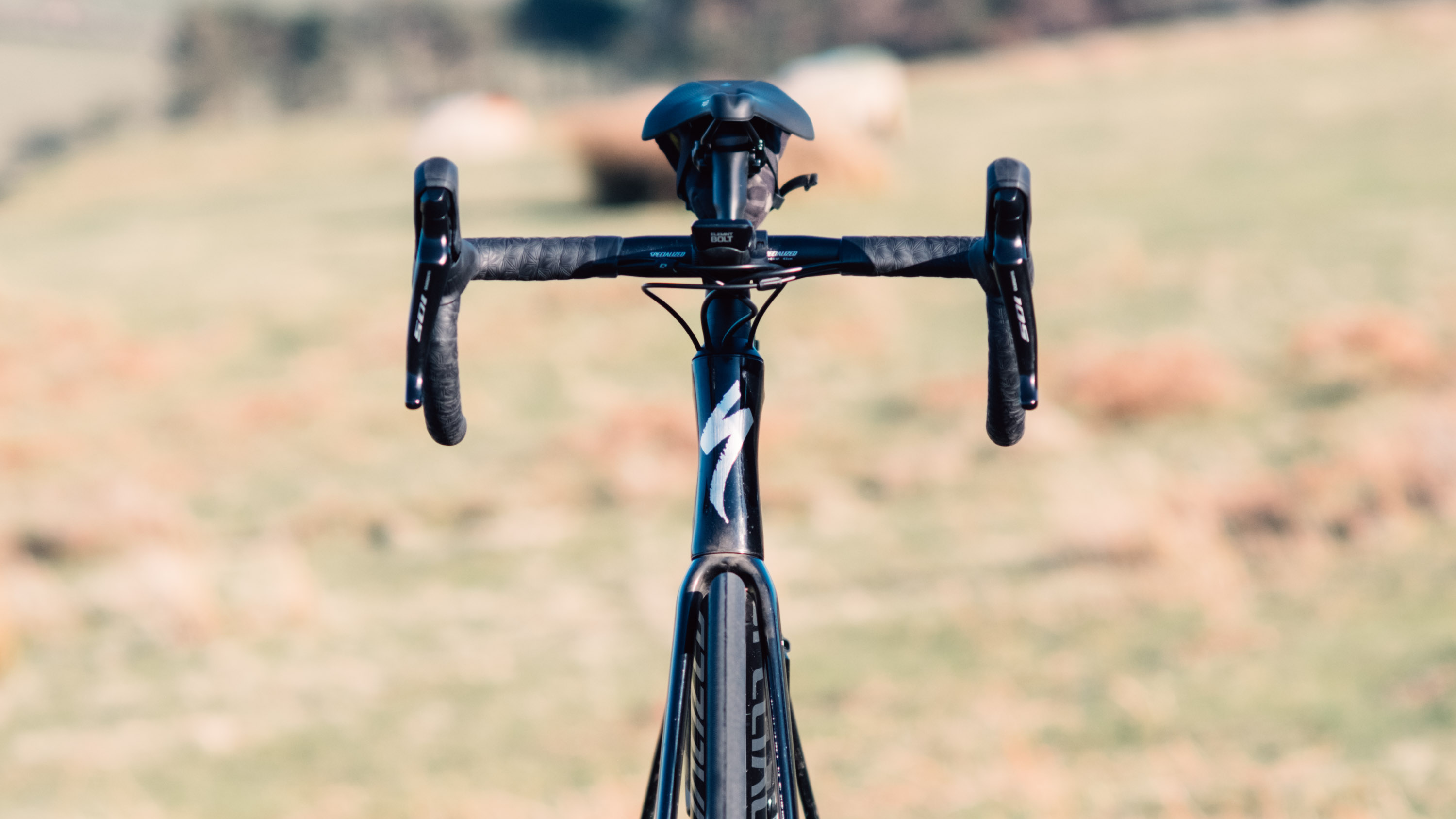
Design and aesthetics
To say the design is ‘inspired’ by the Tarmac SL7 is very much like saying the sphynx and pyramid ensemble in Las Vegas are inspired by those found just outside Cairo; they’re basically the same from far enough away. The geometry of the new Allez Sprint is identical to that of the SL7 in every meaningful way, save for a slightly taller headtube by a matter of a few millimetres.
The tubes are also heavily reminiscent of its carbon sibling, with heavy use of hydroforming allowing extremely oversized diameters at the tube junctions and an aerodynamically optimised seat tube that accepts an identical seatpost to the latest Tarmac. The headtube, the most complex ever created by the brand, is sculpted into a subtle hourglass shape to improve airflow, which adds an elegance to the front end rarely seen on alloy bikes, and flows well into the same fork as seen on the SL7.
Given part of the appeal for the Allez for many is that it makes a prime base for upgrades and that the same frame is shared with much more race-ready Ltd version, integrated cabling is no surprise, but it is heartening to see Specialized opt for external cables until they enter the headtube. This will surely be a boon to budding home mechanics who want to work on their own bikes, as will the threaded BSA bottom bracket.
In order to reduce flex at the BB, Specialized has taken the unusual step of integrating the bottom bracket into the downtube itself, rather than relying on a separate tube. This, it claims, creates a stiffer pedalling platform and allows for easier access for the welder, resulting in higher quality welds.
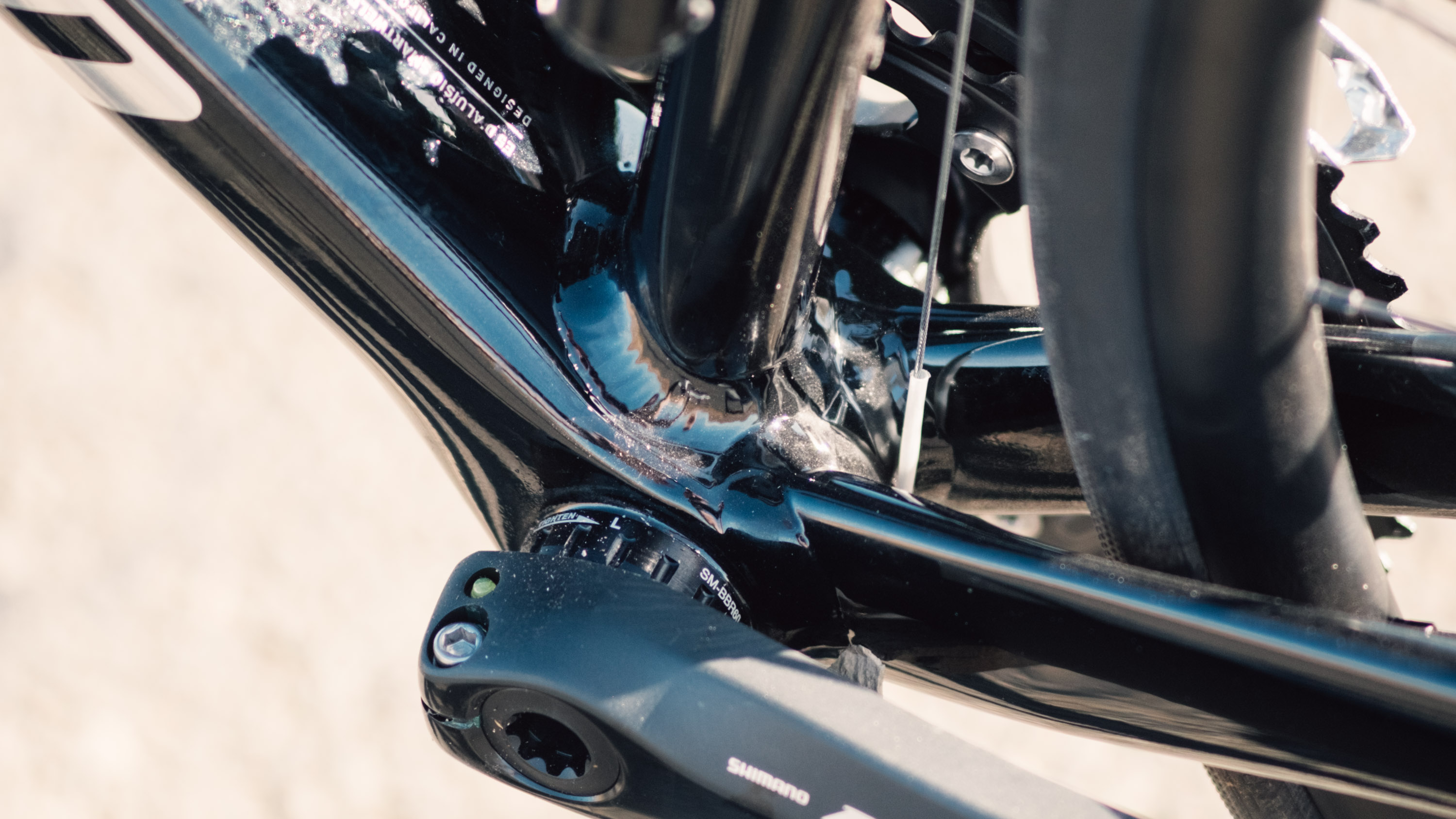
The same reasoning is behind offsetting the welds at the head tube further down the top- and down tubes. It moves the weld away from a high-stress area, and makes for an easier time for the welder. But to my eyes, it makes for quite an ugly front end. Aesthetics are of course subjective, but having the welds so far behind where the headtube joins would usually be gives the Allez Sprint the appearance of having had its headtube replaced.
Another aspect of design I wasn't fond of was the bottle cage bolts, which I had to replace immediately. It’s no exaggeration to say they’re the worst I’ve come across. The soft alloy, combined with a smaller than usual hex size is a risky choice at the best of times. Combine this with a button top, rather flat sides, and rounding that extends into the hex area itself meant my torque wrench rounded the first bolt immediately. I figured I may have been at fault, and so went more gently with the second, which also rounded. As they are button-topped they were impossible to remove with pliers, and so I had to file flats into the sides to gain purchase enough to extract them before replacing them with some more sturdy, flat-sided options. If you want lightweight or aero benefits just remove them and add a small square of electrical tape instead.
Black bikes are often vilified as dull, having become so ubiquitous in recent years. The black and silver paintwork on my Allez Sprint isn’t exactly what anyone would call jazzy, but as black bikes go it’s extremely well executed. From afar it’s stealthy, but up close, when the sun hits the tubing, there’s glitter in the paint that deepens it, along with a bruised effect to the silver that certainly makes it feel more premium.
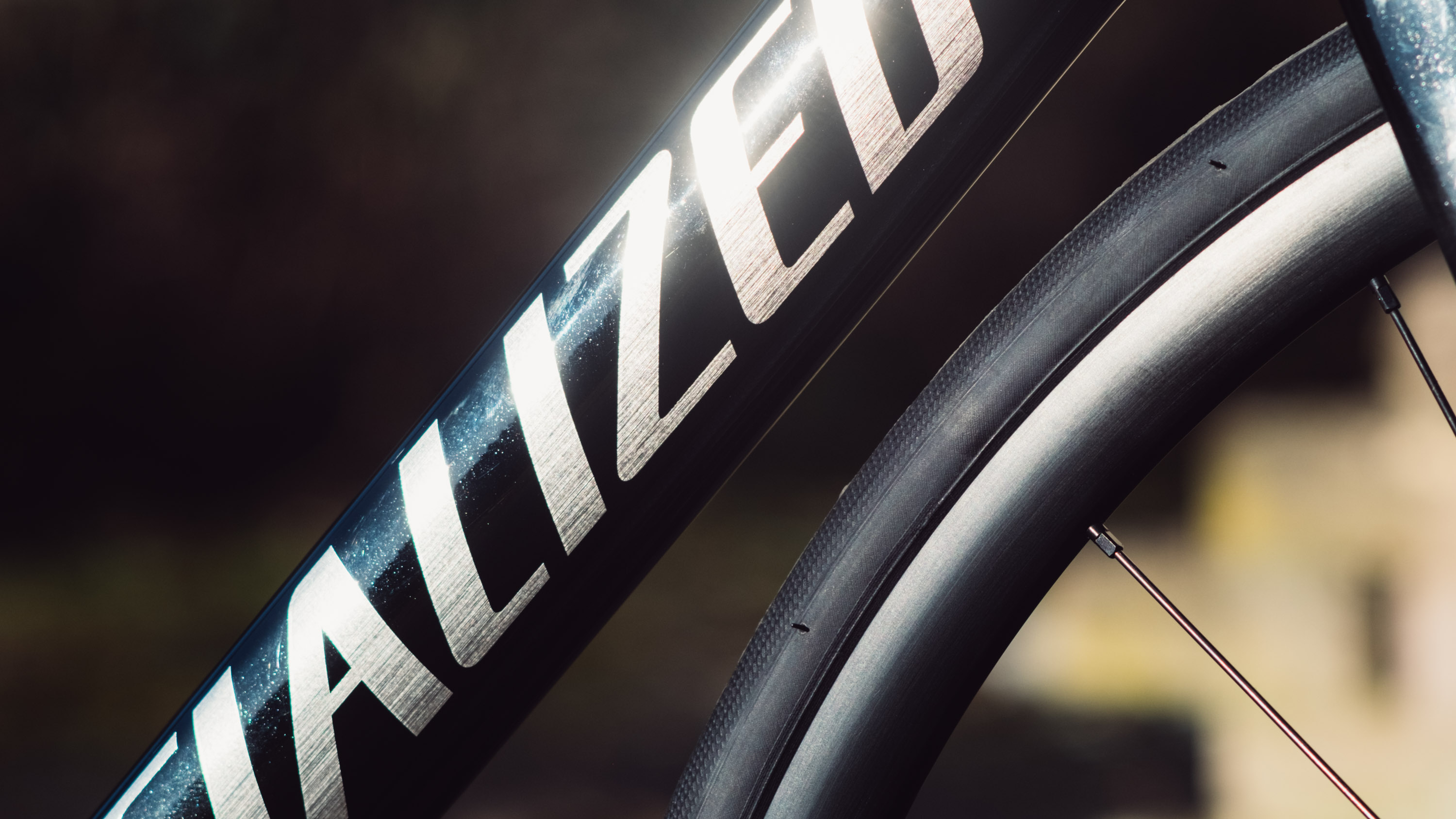
Performance
Things have come on a long way since my 2012 Allez, that’s for sure. The power transfer is immediately noticeable, presumably aided by the innovative bottom bracket design, coupled with chainstays that are heavily ovalised at the BB end. Interestingly Specialized has done away with a chainstay bridge, which presumably may have made things too stiff, as well as reducing tyre clearance. The 26mm tyres that come as stock on all full builds came up a half-millimetre wider, but there’s room for 32mm if you want to go larger.
The Ltd is claimed to be the fastest alloy bike ever, a full 41s faster than the previous model over 40km. While the Comp doesn't have the full aero suite of deeper carbon wheels and aero handlebars with fully internal cables, it holds its speed remarkably well on the flat. The DT Swiss R470 wheelset isn’t overly deep and so doesn’t exactly carve through the ether, but they do an admirable job at this price point and are stiff enough to stand up to fast cornering. The rear hub could engage a little faster for my liking, but I’m really nitpicking here.
The groupset is exceptional; crisp, reliable, and accurate shifts out of the box, along with well-placed barrel adjusters to fine-tune things on the fly. Given my testing is done in the famously hilly Lake District, I could have done with a larger cassette than the 11-28, but for those living in less topographically extreme locations, or those with race ambitions, then it’s probably ideal.
The brakes were the only part of the groupset I wasn't overly enamoured with immediately. They were a little grabby, especially on steep descents, but this is often the way with fresh pads in hydro systems, and I’ve no doubt the modulation will improve with a longer bed-in period.
Good componentry is one thing, but it’s no good on a bike that rides like trash. Fortunately, there’s no such issue here - the handling is sublime, with a tyre-based caveat. The frameset is extremely stiff. I think we’re beyond blaming that on the material properties of aluminium at this point and can attribute it to design. There’s nothing wrong with ultra-stiff frames, but I did find things a little uncomfortable until I dropped 10psi out of the tyres, which improved things greatly over the rough roads of Cumbria, but did make things a little bouncy. My advice would be to stick some 30mm rubber on if you live anywhere with sub-standard tarmac.
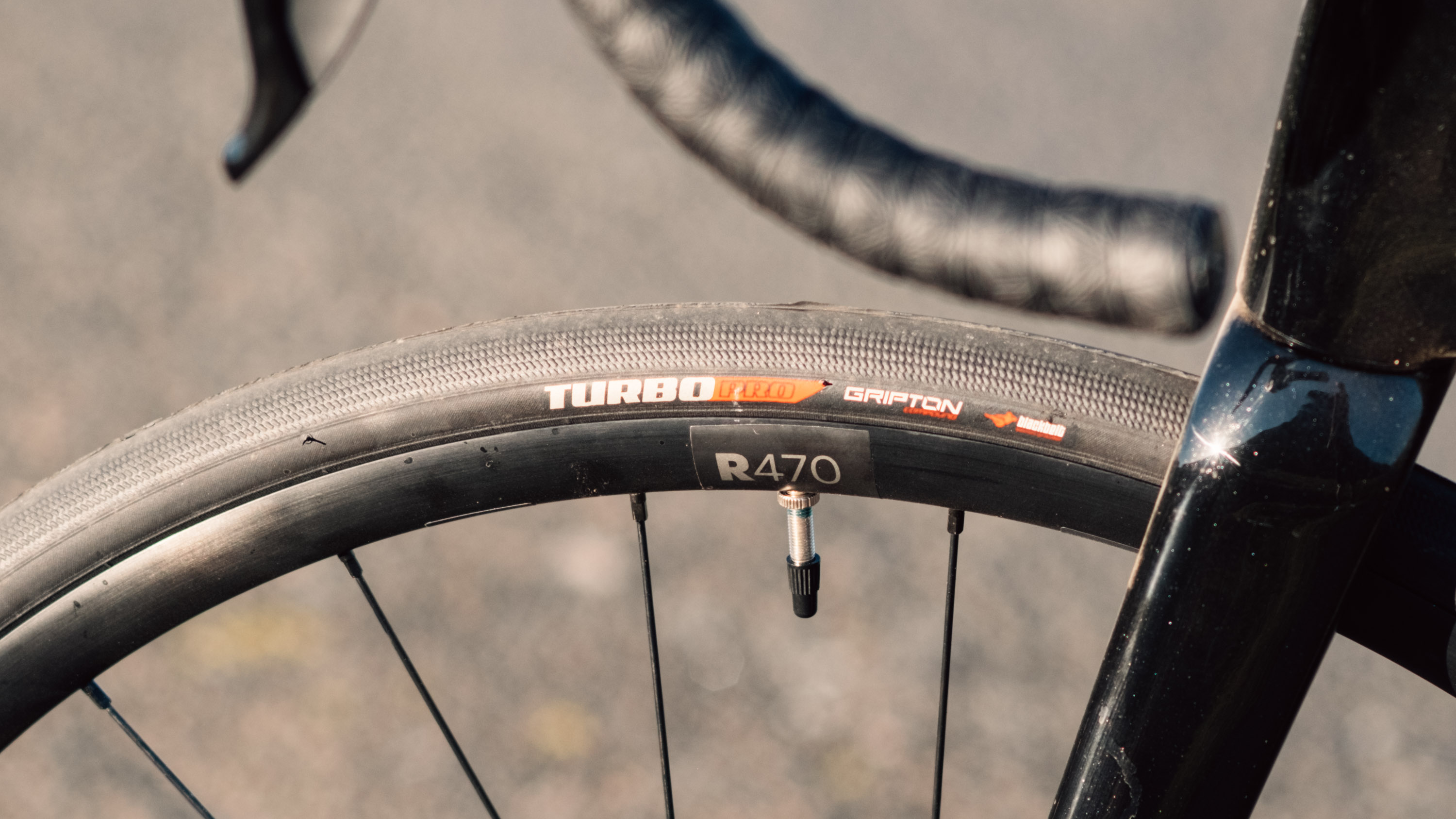
Once I’d dialled the pressures in the whole bike felt more balanced and was among the best handling road bikes I’ve ridden. Despite having relatively aggressive geometry, as you’d expect mirroring the SL7, the front end never felt twitchy. Nimble, and agile, yes, but without that air of instability that some race-focussed framesets have, particularly at speed. Cornering, particularly while descending, was oddly reminiscent of skiing; steering input was much less controlled from the handlebars as dictated by the hips and shoulders. As an occasionally nervous descender, it added a sprinkle of confidence I’ve not felt in a while, which I also partially attribute to the excellent tyres. Tyres are often a place where companies can shave the build price down, so having rubber as good as the Specialized Turbo Pro as the stock option was a big plus.
Sprinting and climbing out of the saddle really intrigued me. The power transfer was better than I was expecting, and so when climbing, I found the next pedal stroke arriving a little sooner than expected, which occasionally threw me off my rhythm. The same happened while sprinting too. Being too efficient can hardly be levelled as a criticism, so instead, I’ll chalk it up as just something to be aware of.
One thing I think a bike at this price point is lacking is mudguard mounts. I appreciate that it now aims for a much more race-facing clientele than the standard Allez, but it will undoubtedly be the only bike in some riders' stables, and therefore be used year-round. Sure, you can use clip-ons, but they are significantly worse.
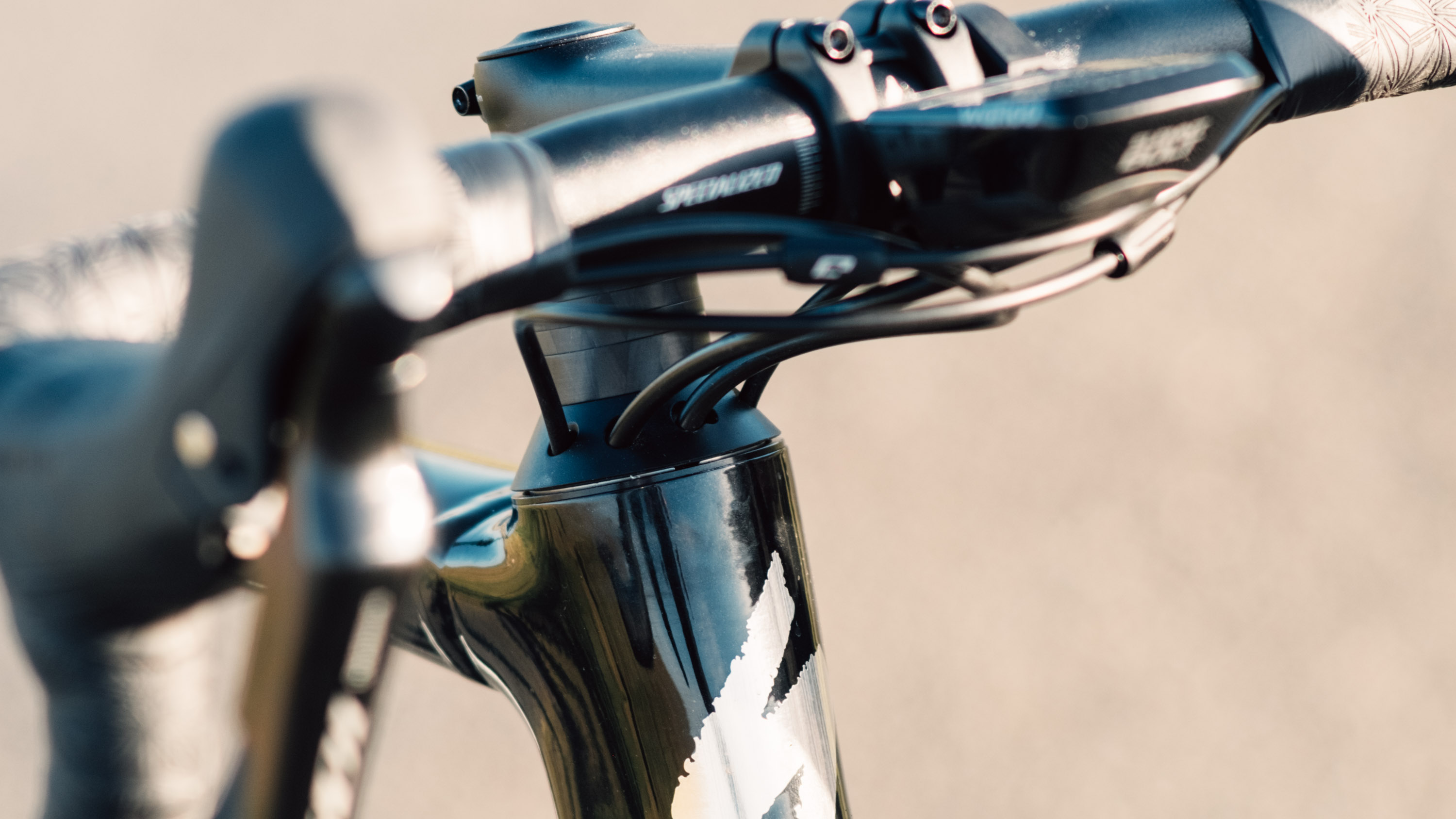
Verdict
At the heart of this bike is a truly exceptional frameset, which has the potential to be many things to many different riders. For those taking their first foray into serious road riding, the Comp build represents a pretty incredible option for a first bike, though the price tag probably edges it out of any ‘budget’ list. The handling will inspire confidence and allow you to progress with ease, and thanks to sensible cable routing and bottom bracket choices, working on it at home shouldn't be an arduous task.
For budding racers, a simple wheel swap to something more aero would create a formidable race-day option at any level, and you could keep the stock wheels for your training rides too. The fact that the seat tube sports a UCI sticker, and we’re likely to see the Ltd version raced under Legion of LA this season shows it’s no slouch, and can genuinely mix it with the best carbon race bikes out there today, though perhaps more on the crit scene than the grand tours.
Design is always about compromise, however, and pairing such a stiff frameset with 26mm tyres is the wrong choice for general riding in the UK in my view. For racing, perhaps it hits the mark. But given the majority of riders won't actually be racing, for longer riding where you’d benefit from lower pressures I think 30mm would have been a better choice.
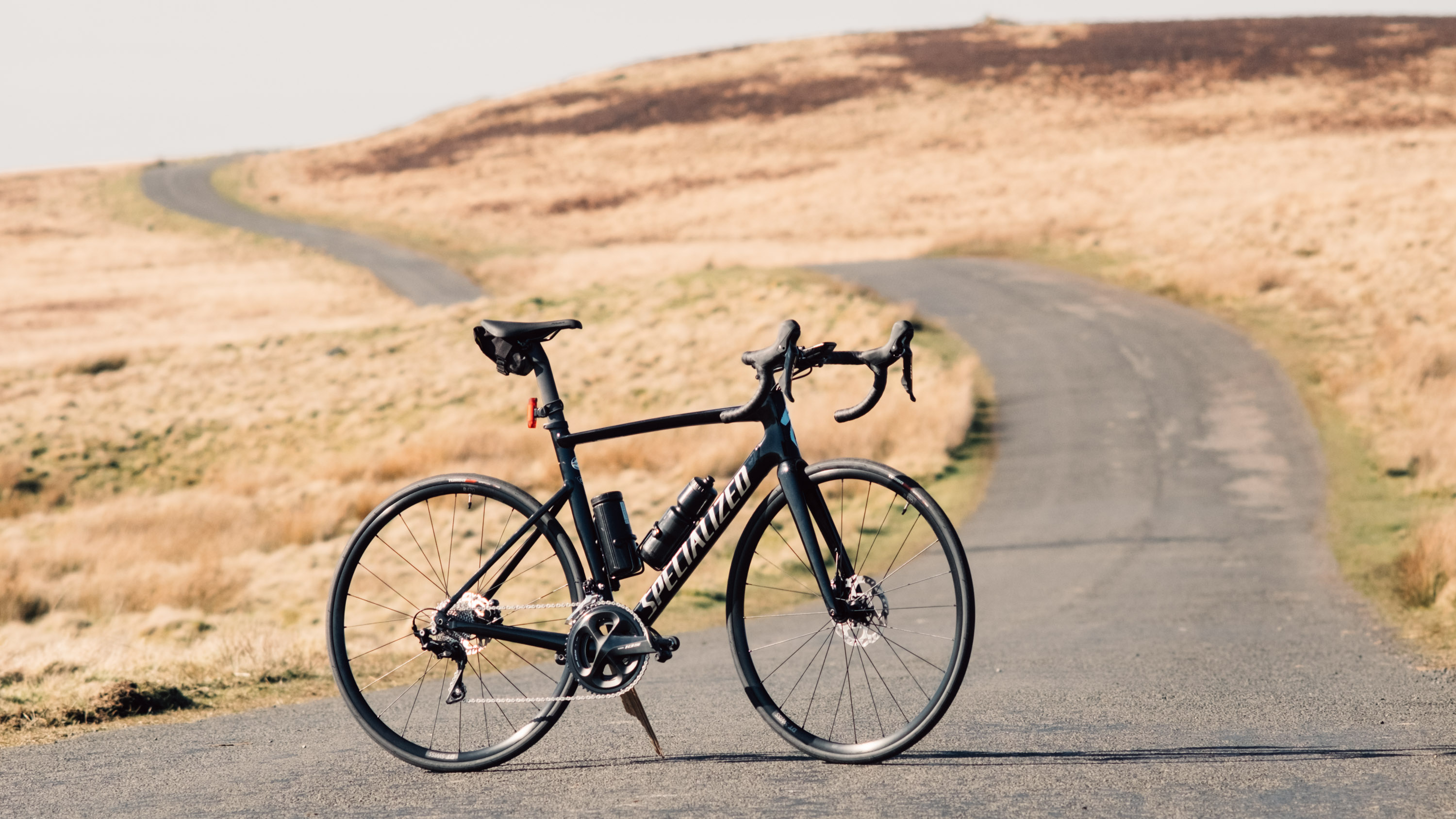
Tech Specs
- Price: £2,650 / €3,500 / $3,000
- Frame: Specialized Allez Sprint
- Size: 56cm
- Weight: TBC
- Groupset: Shimano 105 R7000
- Crankset: Shimano 105 R7000 52-36
- Cassette: Shimano 105 11-28
- Wheels: DT Swiss R470
- Brakes: Shimano R7070
- Handlebar: Specialized Shallow Drop
- Stem: Specialized
- Seatpost: S-Works Tarmac Seatpost
- Saddle: Specialized Power
- Tyres: Specialized Turbo Pro 26mm
Enhance your cycling experience without breaking the bank with our Specialized coupon codes and find the perfect gear for less.
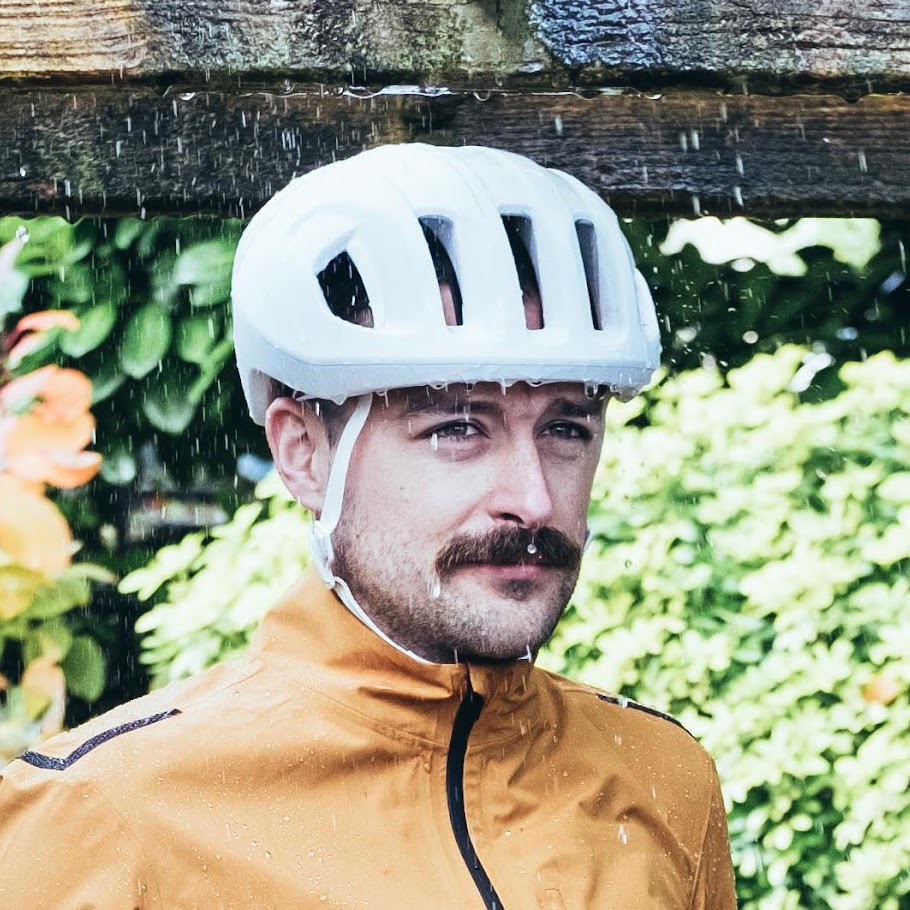
Will joined the Cyclingnews team as a reviews writer in 2022, having previously written for Cyclist, BikeRadar and Advntr. He’s tried his hand at most cycling disciplines, from the standard mix of road, gravel, and mountain bike, to the more unusual like bike polo and tracklocross. He’s made his own bike frames, covered tech news from the biggest races on the planet, and published countless premium galleries thanks to his excellent photographic eye. Also, given he doesn’t ever ride indoors he’s become a real expert on foul-weather riding gear. His collection of bikes is a real smorgasbord, with everything from vintage-style steel tourers through to superlight flat bar hill climb machines.
What is a hands on review?
'Hands on reviews' are a journalist's first impressions of a piece of kit based on spending some time with it. It may be just a few moments, or a few hours. The important thing is we have been able to play with it ourselves and can give you some sense of what it's like to use, even if it's only an embryonic view.
